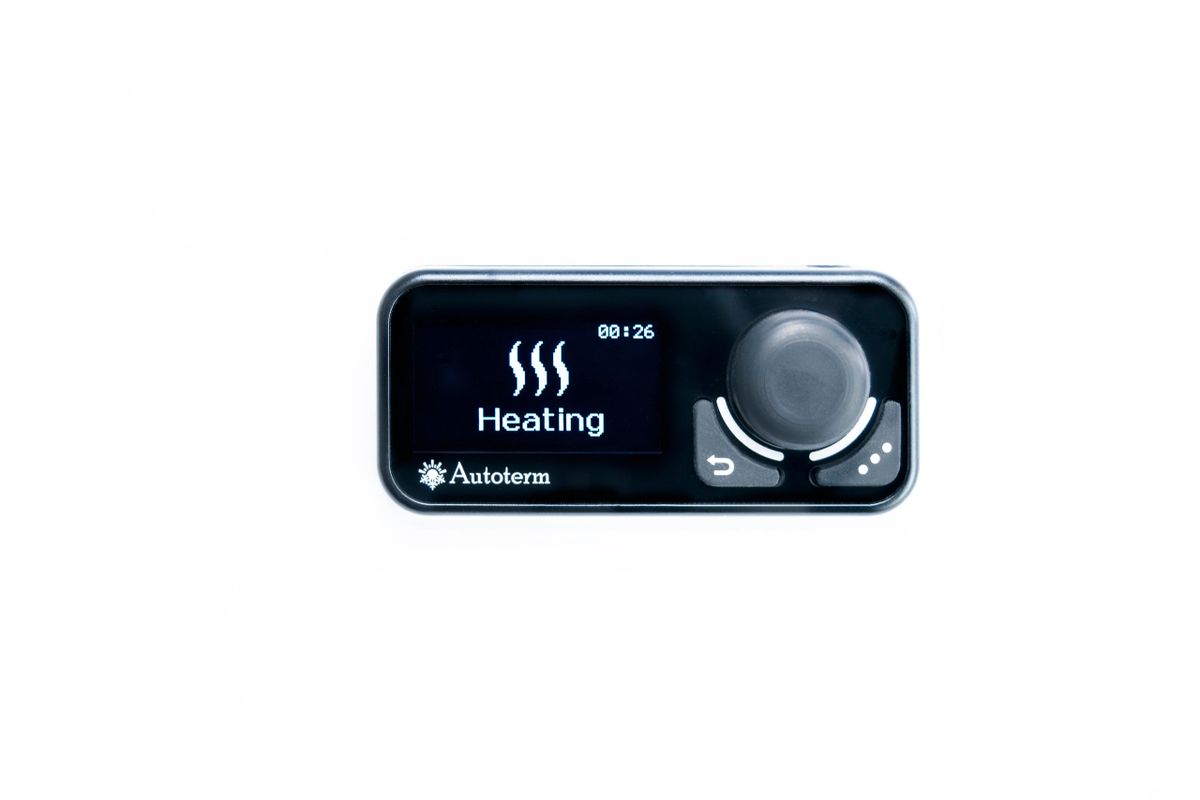Victorian
Approved Vendor : Total Composites
Matt Schwarz just published an excellent article about the Gas/Diesel heaters. There is tons of very good and accurate information. Thank you Matt https://expeditionportal.com/portable-gas-diesel-heaters-for-overland-travel/
Please allow me to chip in in terms of Diesel heaters and practical hints.
As you may know, we guide countless customers a week through the decision making on what heater to buy. We also have used and installed them for years. In that time we learned a lot!
Also important: THIS IS NOT A PRODUCT PLACEMENT! Just sharing what we learned in the last 6 years.
1. Planar is now Autotherm. Re Branding happened after the Chinese used the Planar name in the knock offs. The current batch that's in inventory is still "made in Russia" .... Extra tariffs apply... The next ones coming in are from the new facility in Europe.
2. Autotherm encourages you to do the install yourself. Other then drilling a couple of holes, everything is plug and play. Very easy! Other brands void the warranty if you do that!
3. Like with any other product, things can break and wear out. If the Autotherm gives you an error code you can clear it your self. It also tells you where the problem might be. You do NOT void the 2 year warranty if you fix it yourself. With other brands, you need to visit a service centre to get the codes cleared. In other words, the Autotherm are very easy to field repair. To be honest, most codes are: Low battery voltage, no fuel.
4. Tips for ANY diesel heater:
They are like a Diesel engine . You need to pre glow the burning chamber to get the diesel ignited. Every time you go through that cycle, the heater uses roughly 15-18A/hour for a couple minutes. This means, if you have the heater on a thermostat you will go through that cycle quite often. This could be an issue if your powersource is not big enough. I like to run ours on low and may open a window to avoid a repeated starting procedure. It's also important to know that they like to run hot!!!! Turning them on and off every 20 minutes will cause soot build up (dirty burn) and sooner than later you need to open the unit and clean it out. My tip: Let it run for at least 30 minutes, run on high ones a week to burn the soot off and you will never have an issue!
5. Fuel:
For even more reliability and high altitude improvement, we run ours on Kerosene (petroleum in Europe). It burns clean and you don't have to worry about short run times. We had ours above 10,000ft with no issues.
6.Gasoline heaters:
There are plenty of reports out there showing that they are very finicky especially at altitude. I would stay away if I could.
Hope this helps.
Please allow me to chip in in terms of Diesel heaters and practical hints.
As you may know, we guide countless customers a week through the decision making on what heater to buy. We also have used and installed them for years. In that time we learned a lot!
Also important: THIS IS NOT A PRODUCT PLACEMENT! Just sharing what we learned in the last 6 years.
1. Planar is now Autotherm. Re Branding happened after the Chinese used the Planar name in the knock offs. The current batch that's in inventory is still "made in Russia" .... Extra tariffs apply... The next ones coming in are from the new facility in Europe.
2. Autotherm encourages you to do the install yourself. Other then drilling a couple of holes, everything is plug and play. Very easy! Other brands void the warranty if you do that!
3. Like with any other product, things can break and wear out. If the Autotherm gives you an error code you can clear it your self. It also tells you where the problem might be. You do NOT void the 2 year warranty if you fix it yourself. With other brands, you need to visit a service centre to get the codes cleared. In other words, the Autotherm are very easy to field repair. To be honest, most codes are: Low battery voltage, no fuel.
4. Tips for ANY diesel heater:
They are like a Diesel engine . You need to pre glow the burning chamber to get the diesel ignited. Every time you go through that cycle, the heater uses roughly 15-18A/hour for a couple minutes. This means, if you have the heater on a thermostat you will go through that cycle quite often. This could be an issue if your powersource is not big enough. I like to run ours on low and may open a window to avoid a repeated starting procedure. It's also important to know that they like to run hot!!!! Turning them on and off every 20 minutes will cause soot build up (dirty burn) and sooner than later you need to open the unit and clean it out. My tip: Let it run for at least 30 minutes, run on high ones a week to burn the soot off and you will never have an issue!
5. Fuel:
For even more reliability and high altitude improvement, we run ours on Kerosene (petroleum in Europe). It burns clean and you don't have to worry about short run times. We had ours above 10,000ft with no issues.
6.Gasoline heaters:
There are plenty of reports out there showing that they are very finicky especially at altitude. I would stay away if I could.
Hope this helps.

